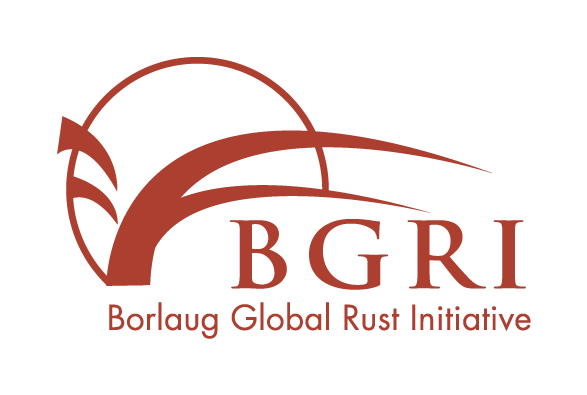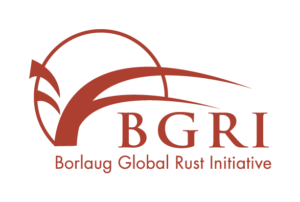The importance of stripe (yellow) rust, caused by Puccinia striiformis f. sp. tritici (Pst), has increased threateningly worldwide during the last decades in wheat (Triticum aestivum). Durability to stripe rust resistance is a kind of genetic resistance that, quantitatively inherited, race nonspecific (general). This type of resistance hopes to be for a long period, over a wide range of environments and against the broad-spectrum of the pathogen’s races. The inheritance of resistance in four Egyptian wheat cultivars (Misr2, Giza 160, Giza 168 and Sids12) crossed with four parents (Jupateco 73 R, Opata 85, Anza, and Pavon 76) carrying the different resistant genes and, was used in this study aiming to enhance stripe rust resistance of the Egyptian bread wheat cultivars. The genetic analysis have been conducted based on F1, and F2 of crosses. The results demonstrated the di-genic and tri-genic control of stripe rust resistance against the Pst pathotypes population. The data obtained from F2 population indicated that the cross (Misr2/Opata) was segregated fitting the expected ratios 57(R) : 7(S), while cross (Giza 168/Pavon 76) were observed phenotypic ratios fitted the theoretical expected ratios, 63(R) : 1(S). On the other hand, the cross (Giza168/Anza) showed no segregation and was directed to the side of dominance of resistance indicating the dominance of the durability of resistance. Genotyping by molecular markers indicated the presence gene Lr34/Yr18/Sr57/Pm38 in the majority of resistant F2 plants derived from the cross (Misr2/Opata), while the gene Lr46/Yr29/Sr58/Pm39 was present in cross (Giza 168/Pavon 76). Our results indicated that the multiple adult plant resistance (APR) genes in high-yielding background genotypes conferring stripe rust resistance has been developed. These new genotypes will enhance the durability of Pst resistance. Cultivars that combine multiple race-specific or minor to intermediate effect APR genes, complemented by active monitoring, have facilitated limiting major epidemics in the wheat-growing regions of the world.





